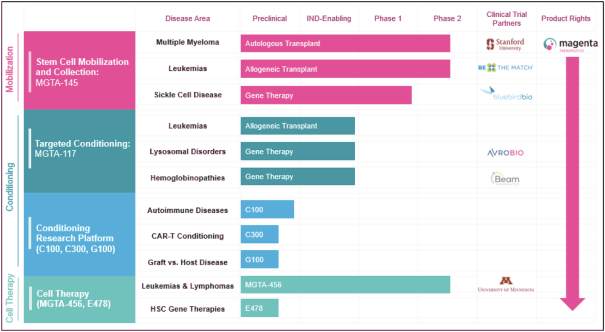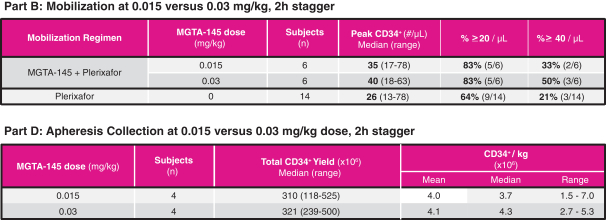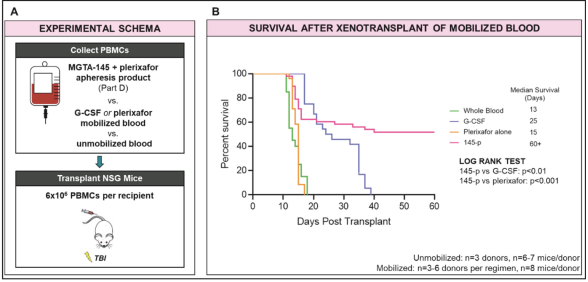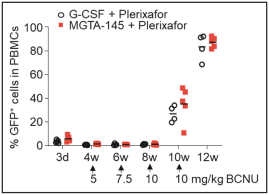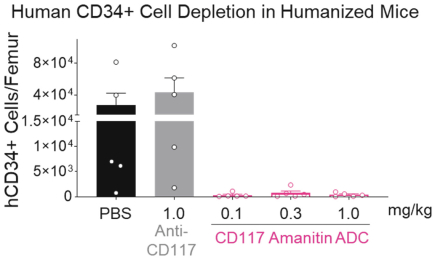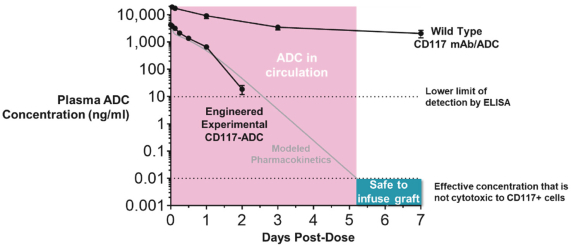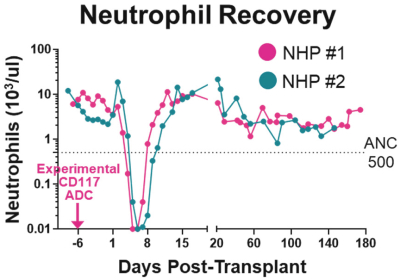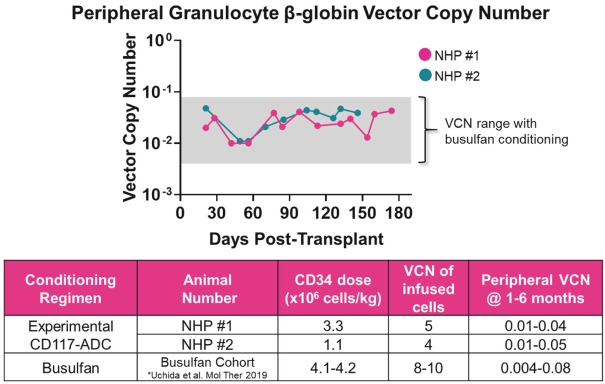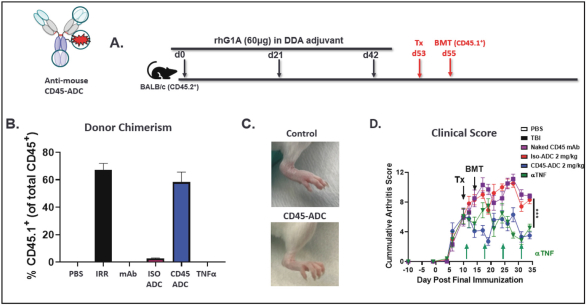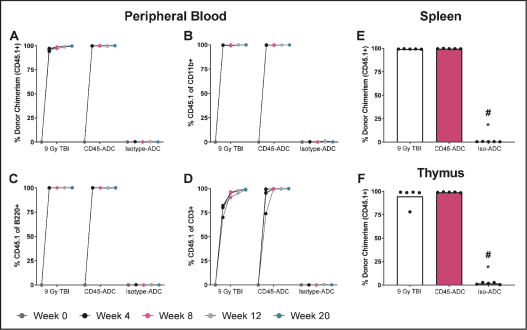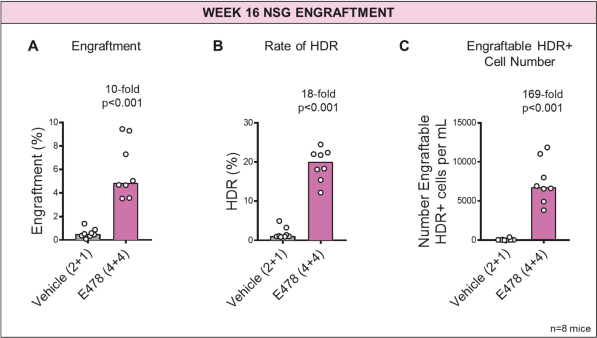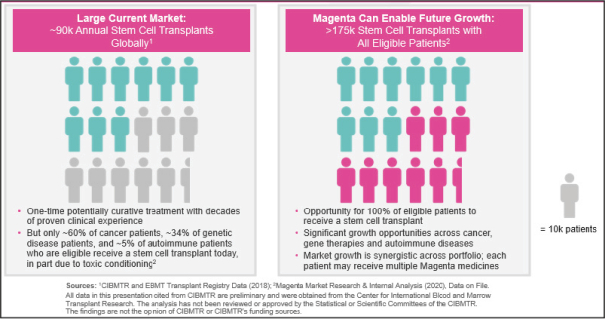At the state level, legislatures have become increasingly aggressive in passing legislation and implementing regulations designed to control pharmaceutical and biological product pricing. Some of these measures include price or patient reimbursement constraints, discounts, restrictions on certain product access, marketing cost disclosure and transparency measures, and, in some cases, measures designed to encourage importation from other countries and bulk purchasing. In addition, regional health care authorities and individual hospitals are increasingly using bidding procedures to determine what pharmaceutical products and which suppliers will be included in their prescription drug and other health care programs. Also, increasingly, third-party payors are requiring that drug companies provide them with predetermined discounts from list prices and are challenging the prices charged for medical products. We cannot be sure that reimbursement will be available for any medicine that we commercialize and, if reimbursement is available, the level of reimbursement. Reimbursement may impact the demand for, or the price of, any product candidate for which we obtain marketing approval. If reimbursement is not available or is available only to limited levels, we may not be able to successfully commercialize any product candidate for which we obtain marketing approval.
There may be significant delays in obtaining reimbursement for newly approved medicines, and coverage may be more limited than the purposes for which the medicine is approved by the FDA or similar regulatory authorities outside the U.S. Moreover, eligibility for reimbursement does not imply that any medicine will be paid for in all cases or at a rate that covers our costs, including research, development, manufacture, sale, and distribution. Interim reimbursement levels for new medicines, if applicable, may also not be sufficient to cover our costs and may not be made permanent. Reimbursement rates may vary according to the use of the medicine and the clinical setting in which it is used, may be based on reimbursement levels already set for lower cost medicines and may be incorporated into existing payments for other services. Net prices for medicines may be reduced by mandatory discounts or rebates required by government healthcare programs or private payors and by any future relaxation of laws that presently restrict imports of medicines from countries where they may be sold at lower prices than in the U.S. For example, on October 1, 2020, the FDA published a final rule that allows for the importation of certain prescription drugs from Canada. Under the final rule, States and Indian Tribes, and in certain future circumstances pharmacists and wholesalers, may submit importation program proposals to the FDA for review and authorization. On September 25, 2020, CMS stated drugs imported by states under this rule will not be eligible for federal rebates under Section 1927 of the Social Security Act and manufacturers would not report these drugs for “best price” or average manufacturer price purposes. Since these drugs are not considered covered outpatient drugs, CMS further stated it will not publish a National Average Drug Acquisition Cost for these drugs. Separately, the FDA also issued a final guidance document outlining a pathway for manufacturers to obtain an additional National Drug Code, or NDC, for an
FDA-approved
drug that was originally intended to be marketed in a foreign country and that was authorized for sale in that foreign country. Lastly, on July 24, 2020 and September 13, 2020, President Trump signed several Executive Orders aimed at lowering drug prices. On July 24, 2020, President Trump signed Executive Orders directing the Secretary of HHS to: (1) eliminate protection under an Anti-Kickback Statute safe harbor for certain retrospective price reductions provided by drug manufacturers to sponsors of Medicare Part D plans or pharmacy benefit managers that are not applied at the
(2) allow the importation of certain drugs from other countries through individual waivers, permit the
re-importation
of insulin products, and prioritize finalization of the FDA’s December 2019 proposed rule to permit the importation of drugs from Canada; (3) ensure that payment by the Medicare program for certain Medicare Part B drugs is not higher than the payment by other comparable countries (depending on whether pharmaceutical manufacturers agree to other measures); and (4) allow certain
low-income
individuals receiving insulin and epinephrine purchased by a Federally Qualified Health Center as part of the 340B drug pricing program to purchase those drugs at the discounted price paid by the Federally Qualified Health Center. On September 13, 2020, President Trump signed an Executive Order directing HHS to implement a rulemaking plan to test a payment model, pursuant to which Medicare would pay, for certain high-cost prescription drugs and biological products covered by Medicare Part B, no more than the most-favored-nation price (i.e., the lowest price) after adjustments, for a pharmaceutical product that the drug or biologic manufacturer sells in a member country of the Organization for Economic Cooperation and Development that has a comparable
per-capita
gross domestic product. In response, on November 20, 2020, HHS issued an Interim Final Rule implementing the Most Favored Nation, or MFN, Model under which Medicare Part B reimbursement

